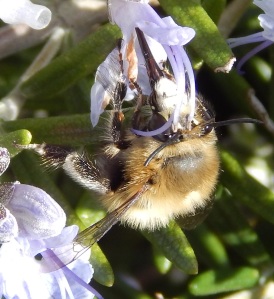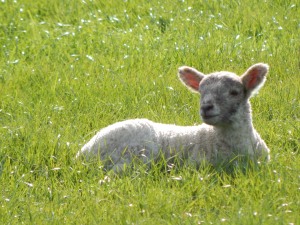[27] Spring is in the Air – a Pictorial Blog about Spring
I started with Autumn and I have done Winter so next we look at the season of Spring. We cannot define precisely when seasons start and end, so again I will look in general at the things that seem to mark the seasons.
To me spring is marked by some or all of the following.
- Daylight hours quickly get longer and light evenings return.
- The weather, in its usual fairly random way, gets better. It gets warmer and some days are sunny and almost hot – but we still have to watch out for occasional frosts and perhaps light snow even as far as the month of May.
- The skies begin to return to more blue with clouds that are grey or white rather than black.
- I should include Easter but now it has almost disappeared from the calendar. We still have chocolate eggs around Easter but hot cross buns are available year round.
- Summer visiting birds start to arrive. Swallows are the most obvious with their cousins House Martins and Sand Martins but we also have a lot of warblers that can be spotted from their sounds.
- Birds start to pair up and make nests. With some species the males develop colourful summer plumage to attract the females.
- Insects begin to emerge. I have been amazed this year to discover how soon they do this. I supposed it’s my new interest in entomology. By the end of April I have already seen six types of butterfly, three of which I have never seen before, and twelve new species of bee!
- Flowering plants have very variable timings but in general the flowers come out in spring. Early bulbs come out in February and March but many wild flowers don’t appear until May.
- Trees change dramatically as their leaves emerge. Some flower first while others produce leaves and flowers at the same time. The buds may develop slowly through the winter but the trees can turn almost fully green in just a few days.

Flowers
I can’t attempt a strict chronological order but after the early bulbs of winter the first signs of Spring have to include the swathes of bluebells that come out in our ancient woodlands. Most of the Hyacinthoides non-scripta plants in the world are found in England.



There are many other wild flowers that bloom in spring but these will appear elsewhere.
We also have early crops flowering in spring such as Rape.


Trees
Trees often get flowering in earlier because many trees flower first before their leaves emerge.


Many different trees produce remarkably similar flowers. I have managed to classify them as generally white, sometimes pink and rarely yellow. Apart from that the small flowers are quite similar.







I have to include two trees now widely used in gardens, presumably for their flowers which come so early in the year. Forsythia produces recognizable yellow flowers.




They last for just a week or two and fall as the leaves emerge on the trees. The same is true of Magnolia, which produces larger flowers, usually a delicate purple colour – but anything from white to mauve.





Other trees are different. For example the Horse Chestnut has large buds which produce leaves and flower spikes together.





Insects
I will do two or three blogs devoted to insects but I have been surprised this year to see so many appearing in April. They seem to pick the sunny days to emerge!


Animals
As I said in my Winter blog animals are driven by the seasons because of the weather but the more direct reason is their food supplies. They take advantage of the opportunities of summer to raise their young and their sexual habits are seasonal.
Spring is the time for forming pairs, mating, building nests and producing young. We notice it particularly with birds.



I am going to end with some lambs. I don’t think these are naturally seasonal. The ram seems to manage a whole flock without too much encouragement. It’s the farmers who control when the ewes get pregnant and it’s timed to produce their young around Easter. The young lambs are a visible sign of Spring. It used to be one at a time but twins and even triplets are now common.




I keep wanting to say ‘Spring is in the Air,’ and I can hear the tune in my mind. But what I am actually hearing is ‘Love is in the Air,’ a worldwide hit from 1978 sung by John Paul Young. I have used a bit of poetic licence in my title. As I have noted above Spring is the time when animals turn to love and mating.
It’s not quite so true with us today but Alfred Lord Tennyson noted in his poem ‘Locksley Hall,’
‘In the Spring a young man’s fancy lightly turns to thoughts of love.’

